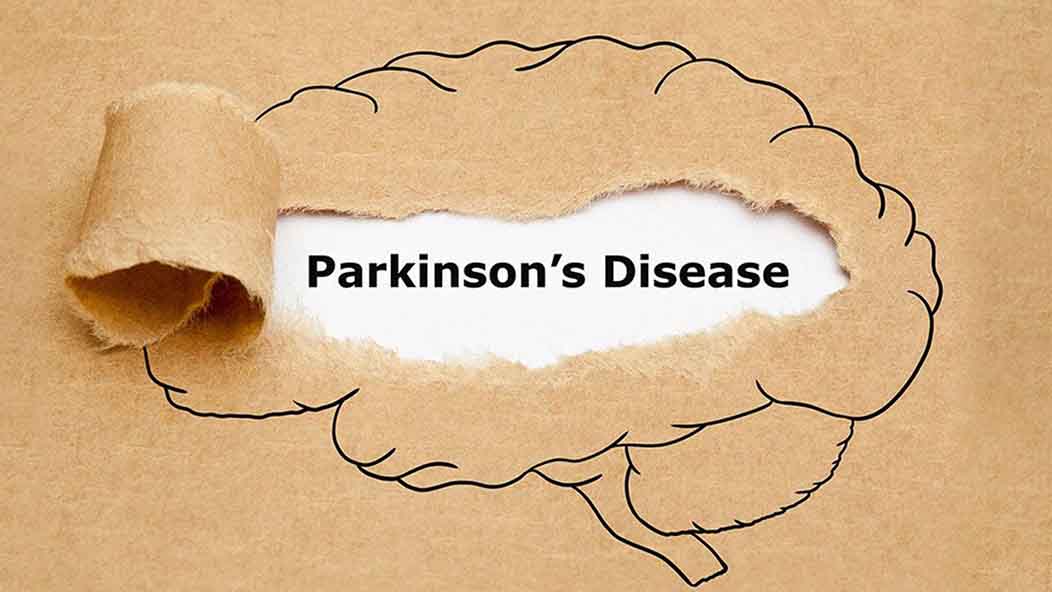Parkinson’s disease is a progressive neurological disorder characterized by tremors, rigidity, bradykinesia, and postural instability. The condition affects the dopamine-producing neurons in the brain, leading to a decline in motor control and a range of non-motor symptoms. While there is no cure for Parkinson’s disease, research has consistently shown that exercise can play a critical role in managing its symptoms and improving quality of life. This essay explores the multifaceted benefits of exercise for individuals with Parkinson’s disease, including improvements in motor function, cognitive health, and overall well-being.
1. Enhancing Motor Function
One of the most significant benefits of exercise for individuals with Parkinson’s disease is the improvement in motor function. Regular physical activity can help counteract the motor symptoms associated with Parkinson’s, such as tremors, stiffness, and bradykinesia. Exercise, particularly activities that emphasize balance, strength, and coordination, has been shown to enhance motor performance and reduce fall risk. For example, resistance training can improve muscle strength, which can help mitigate rigidity and improve mobility. Similarly, activities like tai chi and yoga have been demonstrated to enhance balance and flexibility, crucial for maintaining stability and reducing the risk of falls.
2. Cognitive and Neuroprotective Effects
Exercise also has notable cognitive benefits for individuals with Parkinson’s disease. Research suggests that physical activity can have neuroprotective effects, potentially slowing the progression of cognitive decline associated with the disease. Regular exercise has been linked to improved executive function, attention, and memory in people with Parkinson’s. This may be attributed to increased blood flow to the brain and the promotion of neuroplasticity, which enhances the brain’s ability to adapt and reorganize itself. Activities such as aerobic exercise, which elevates heart rate and increases circulation, are particularly beneficial for cognitive health.
3. Psychological Well-being
In addition to its physical and cognitive benefits, exercise plays a crucial role in enhancing psychological well-being. Parkinson’s disease can lead to depression, anxiety, and reduced overall quality of life. Engaging in regular physical activity can help alleviate these symptoms by promoting the release of endorphins, which are natural mood lifters. Exercise can also provide a sense of accomplishment and improve self-esteem, which is often diminished in individuals facing chronic health challenges. Furthermore, group exercise programs offer social interaction, which can combat feelings of isolation and foster a sense of community.
4. Improved Functional Independence
Exercise contributes to improved functional independence, which is essential for maintaining quality of life. Activities that focus on improving functional mobility—such as gait training, balance exercises, and flexibility drills—help individuals with Parkinson’s disease maintain their ability to perform daily tasks independently. Regular exercise can enhance endurance, allowing individuals to engage in daily activities with greater ease and less fatigue. This increased functional capacity not only supports physical independence but also promotes a higher degree of self-reliance and autonomy.
5. Complementing Medical Treatments
Exercise is a valuable complement to medical treatments for Parkinson’s disease. While medications and surgical interventions can help manage symptoms, they do not address all aspects of the disease. Exercise can work synergistically with these treatments to provide a more comprehensive approach to disease management. For instance, exercise may enhance the effectiveness of medications by improving motor function and reducing symptom severity. Additionally, it may help mitigate some of the side effects of medications, such as weight gain and decreased physical fitness.
Conclusion
Exercise offers a range of benefits for individuals with Parkinson’s disease, addressing motor function, cognitive health, psychological well-being, functional independence, and complementing medical treatments. By incorporating regular physical activity into their routines, individuals with Parkinson’s can experience improved symptom management and a higher quality of life. As research continues to evolve, it is crucial for healthcare providers to encourage and facilitate exercise as an integral part of a comprehensive care plan for Parkinson’s disease.

